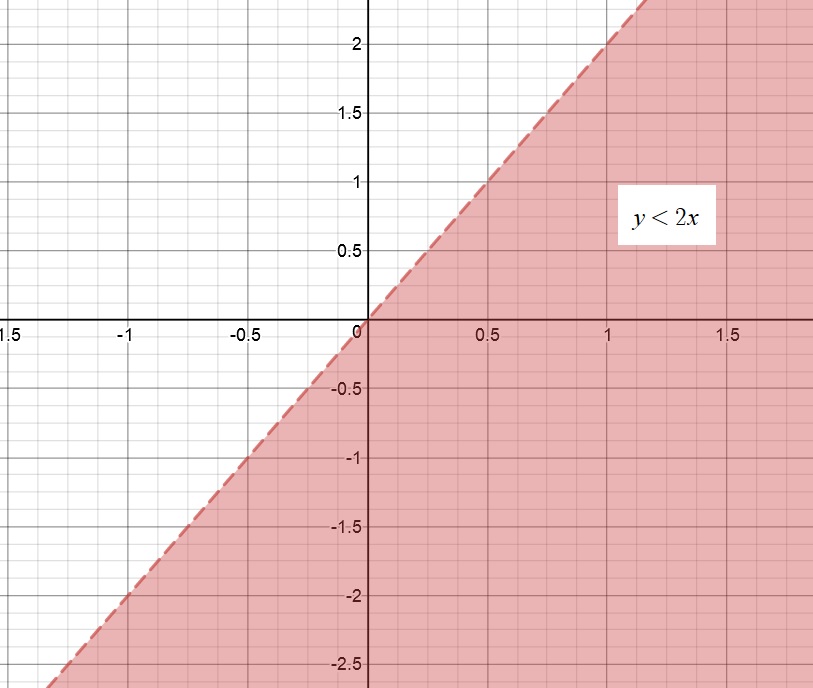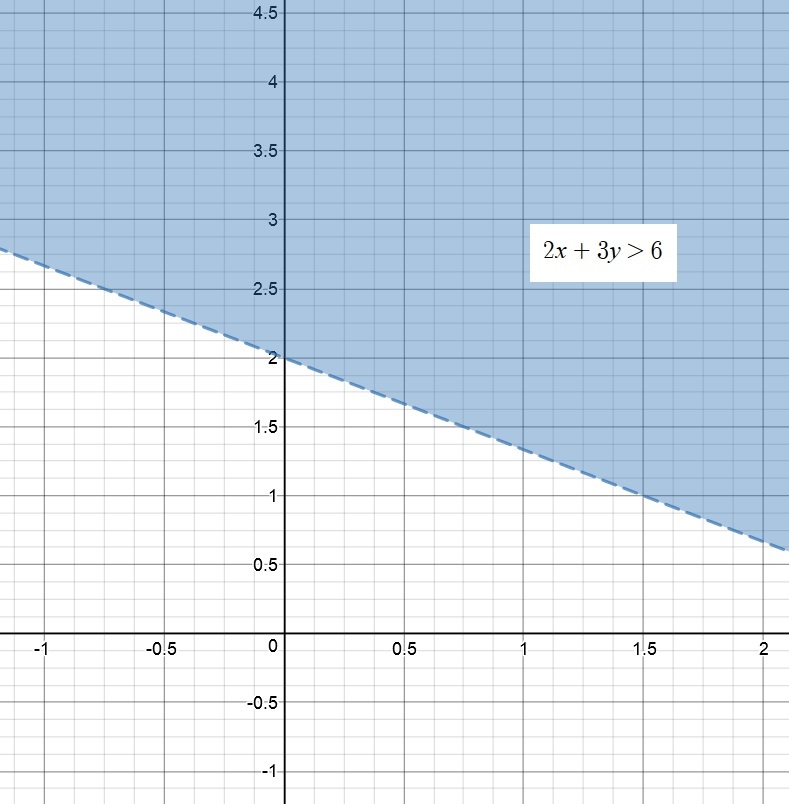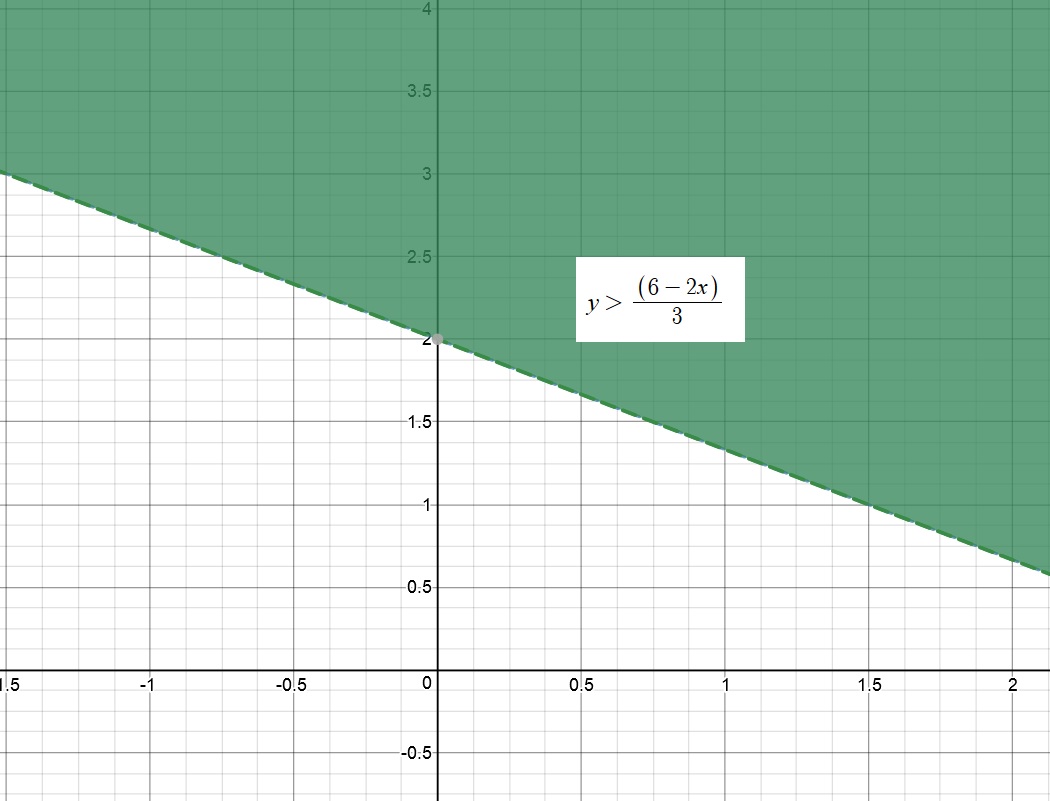Question #d3c3a
1 Answer
Explanation:
We have two inequality expressions:
First expression is
This inequality expression is already in simplified form.
Next expression is
We can simplify this expression by subtracting
In the next step we can cancel
Hence, we get
Divide both sides of the inequality as shown below:
In the next step we can cancel
Hence, our solution is
Hence we have two solutions
Please refer to the graphs below:

Next expression is

Our simplified expression is

We observe that the last two graphs represent the same inequality.
Hope this helps.

